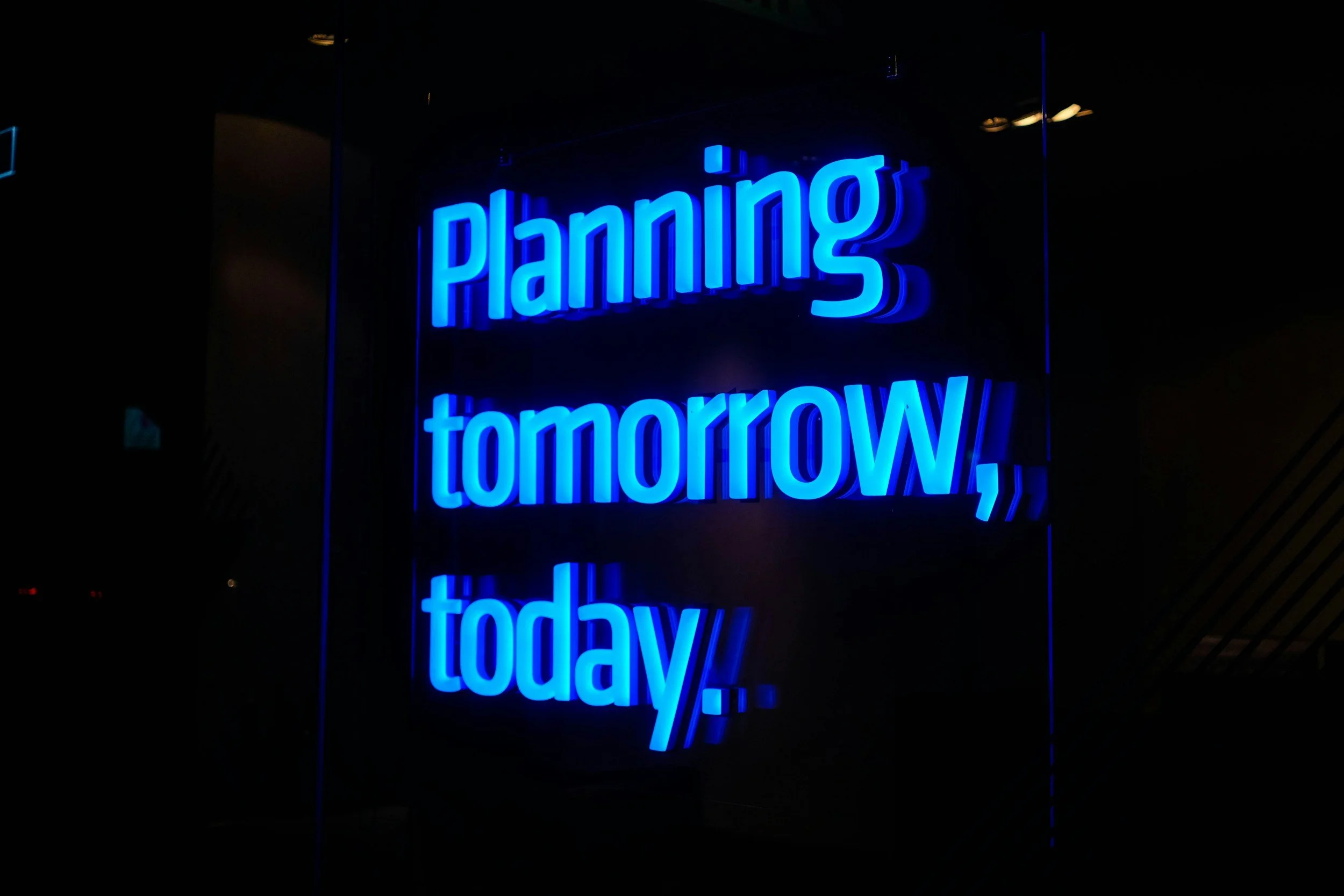Can’t Plan, Always Anxious? Your Face Might Be the Key to Clarity
Key Takeaways
Fear of uncertainty often stems from deeper personality traits, not just lack of motivation or discipline.
Specific facial features—like the forehead, eyebrows, and chin—can reveal weak planning tendencies and decision fatigue.
Both Chinese and Western physiognomy traditions link structural traits to emotional and mental patterns.
Physiognomy.ai uses modern face-reading tools to decode your personality and suggest actionable, personalized improvements.
Practical steps like environmental design, short-term structuring, and targeted coaching can reduce anxiety and build planning strength.
Do you often feel anxious about where your life is heading? Do you find yourself frozen when trying to make long-term decisions — about work, relationships, or money? You are not alone. Many people today live with a constant background noise of worry — not because they lack intelligence, but because they lack clarity. And when we don’t understand ourselves, uncertainty feels overwhelming.
At physiognomy.ai, we believe that the solution is not simply to “think positively” or “make a to-do list.” That’s too general. The real key is to understand your inborn strengths and weaknesses, see where the internal blockages lie, and then work with them — not against them. That’s where modern physiognomy can help.
How to Solve the Problem — Practical and Specific Steps
If you're struggling with uncertainty because of poor planning ability, here are practical and specific strategies:
1. Set Short-Term Structure Before Long-Term Goals
People who fear the future often think in extremes: either no plan or an overwhelming master plan. Start by building a 7-day structure instead:
Write down 3 actions you will complete this week (small but specific).
At the end of the week, review: What helped you follow through? What didn’t?
2. Practice Daily Decision Drills
Planning starts with micro-decisions. Every day, give yourself one small thing to decide without overthinking—what to eat, what route to walk, what to read. This rewires the brain to trust itself again.
3. Design Your Environment to Limit Options
Too many options trigger uncertainty paralysis. Set visual or physical anchors:
Use sticky notes on your mirror for 1-week goals.
Lay out clothes or breakfast the night before.
Limit daily tasks to 3. Planning is about prioritizing, not multitasking.
4. Ask a Mentor or Coach for Feedback
Sometimes, planning fails not because of fear — but because of blind spots. Get feedback from someone who can observe your style and help you adjust. Our physiognomy-based personal reports do just that — by reading your facial structure and matching it with natural tendencies and planning style.
How Physiognomy Can Help
Physiognomy offers something unique: a mirror to your internal wiring, based on thousands of years of empirical study and modern AI-enhanced analysis. Your facial structure reveals how you process information, make decisions, and respond to uncertainty.
By analysing key facial zones, we can:
Identify if your anxiety stems from weak foresight, low willpower, emotional overload, or decision fatigue.
Offer targeted exercises to develop your weaker traits while leveraging your stronger ones.
Provide visual insights and personality decoding so you understand why you behave the way you do—and how to change.
Our reports do not offer vague personality types. Instead, they give actionable insights based on your unique features.
What Facial Structures Reveal About This Problem
Both Chinese and Western physiognomy traditions associate certain facial zones with planning ability, mental clarity, and fear of the unknown.
Chinese Mian Xiang Insights
Forehead (Heavenly Court)
Narrow or sloping; Horizontal worry lines
Reflects limited “heaven luck” and poor long-range vision. The mind feels blocked from projecting into the future.
Yintang (Between the Eyebrows)
Pinched, dark, or tense
Sign of overthinking and indecision. Indicates mental congestion that makes planning exhausting.
Eyebrows
Sparse or slanted downward
Suggest low willpower, lack of confidence, and pessimism—especially under stress.
Nose Bridge (near glabella)
Flat or collapsed
Reflects low confidence in one's life direction. Difficulty asserting one's path or plan.
Chin and Jaw (Earth Court)
Small, receding, or narrow
Suggests fear about stability in later life, leading to procrastination about planning.
How it helps: Once we identify the blocked zones (e.g., low Yintang clarity or weak Earth Court), we can suggest specific remedies such as breath control, meditative focus exercises, or visualisation tailored to those zones. We also offer facial massage techniques to relax tense zones and improve Qi flow.
Western Physiognomy Insights
Forehead
High but slanted back; Vertical furrows
Suggest strong ideas but weak execution. Vertical worry lines reflect chronic future-anxiety and self-doubt.
Eyes and Eye Orbit
“Sanpaku” eyes showing white below the iris
Indicates heightened nervous sensitivity and over-alertness to threats, both real and imagined.
Eyebrow Tails
Faint or abruptly ending
Reflects difficulty following through with plans and mental exhaustion.
Lower Lip vs. Chin
Full lip + weak chin
The person reacts emotionally but lacks anchoring will to act long-term.
Jaw Angle
Soft or undefined
Tied to passive temperament and avoidance of future confrontation.
How it helps: With this information, we guide clients to align their lifestyle to their facial coding. For example, someone with a receding chin should not be forced into long-term contracts or 10-year plans early on—but rather build inner stability first with consistent routines.
What You’ll Gain From Our Service
Our AI-powered physiognomy report will:
Analyse the shape, proportion, and harmony of your facial zones.
Provide tailored personality, behaviour, and planning insights.
Suggest corrective mindset practices, exercises, or lifestyle redesigns.
Help you see your face — and future — with new clarity.
You don’t need to fear the future. You need to understand yourself first.
Let physiognomy.ai decode your facial blueprint and guide you from uncertainty to confidence. Try our Comprehensive Summary Report or Full Analysis Report today to unlock what your face has been trying to tell you.











